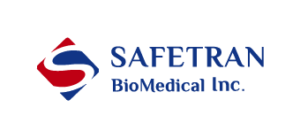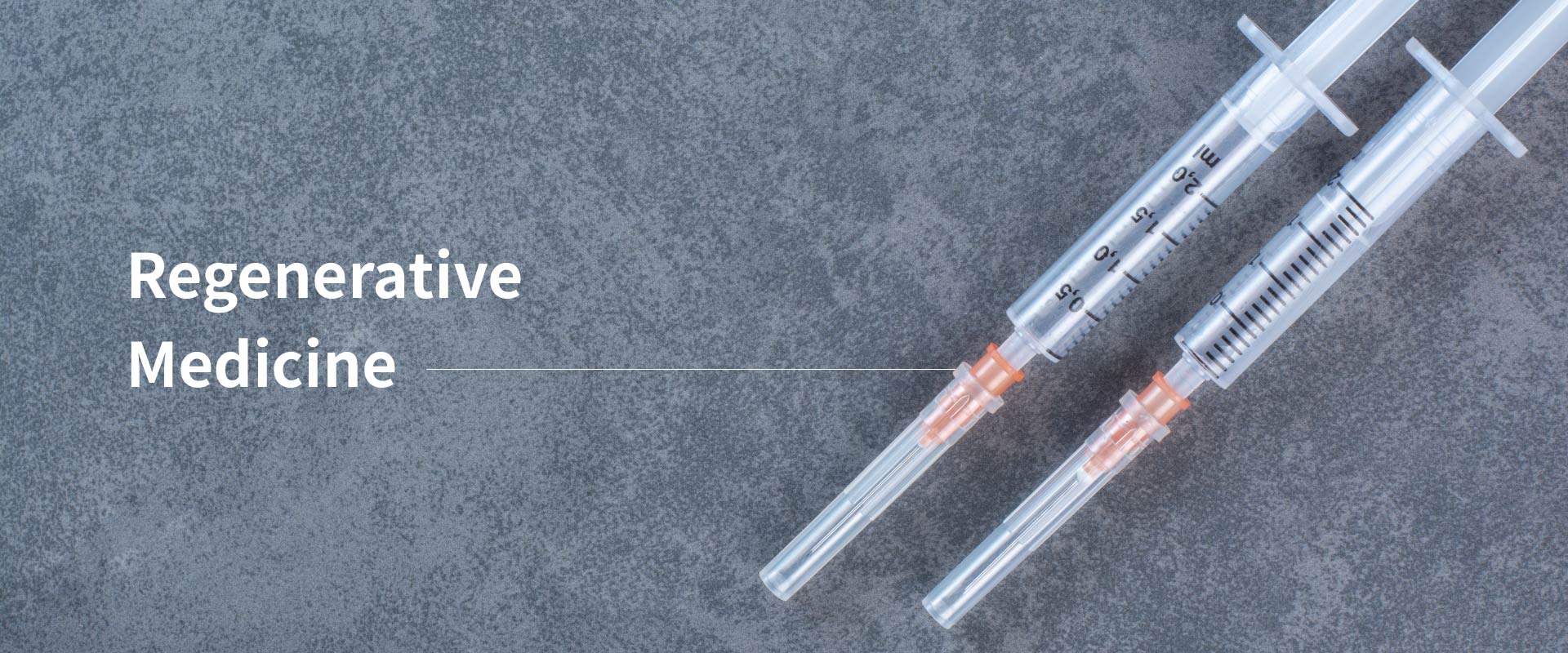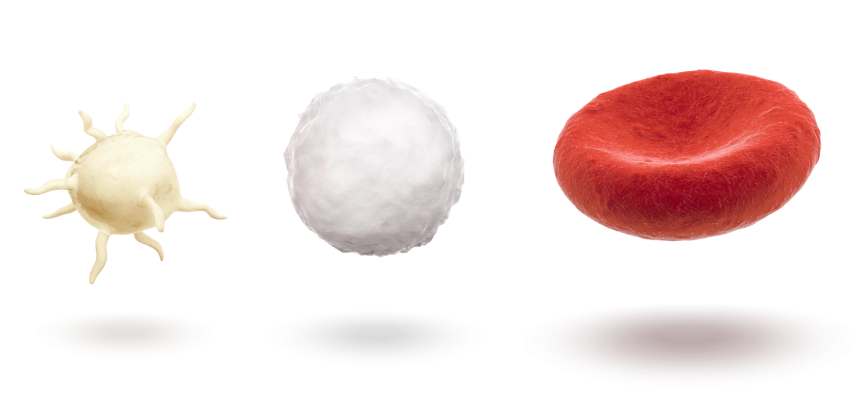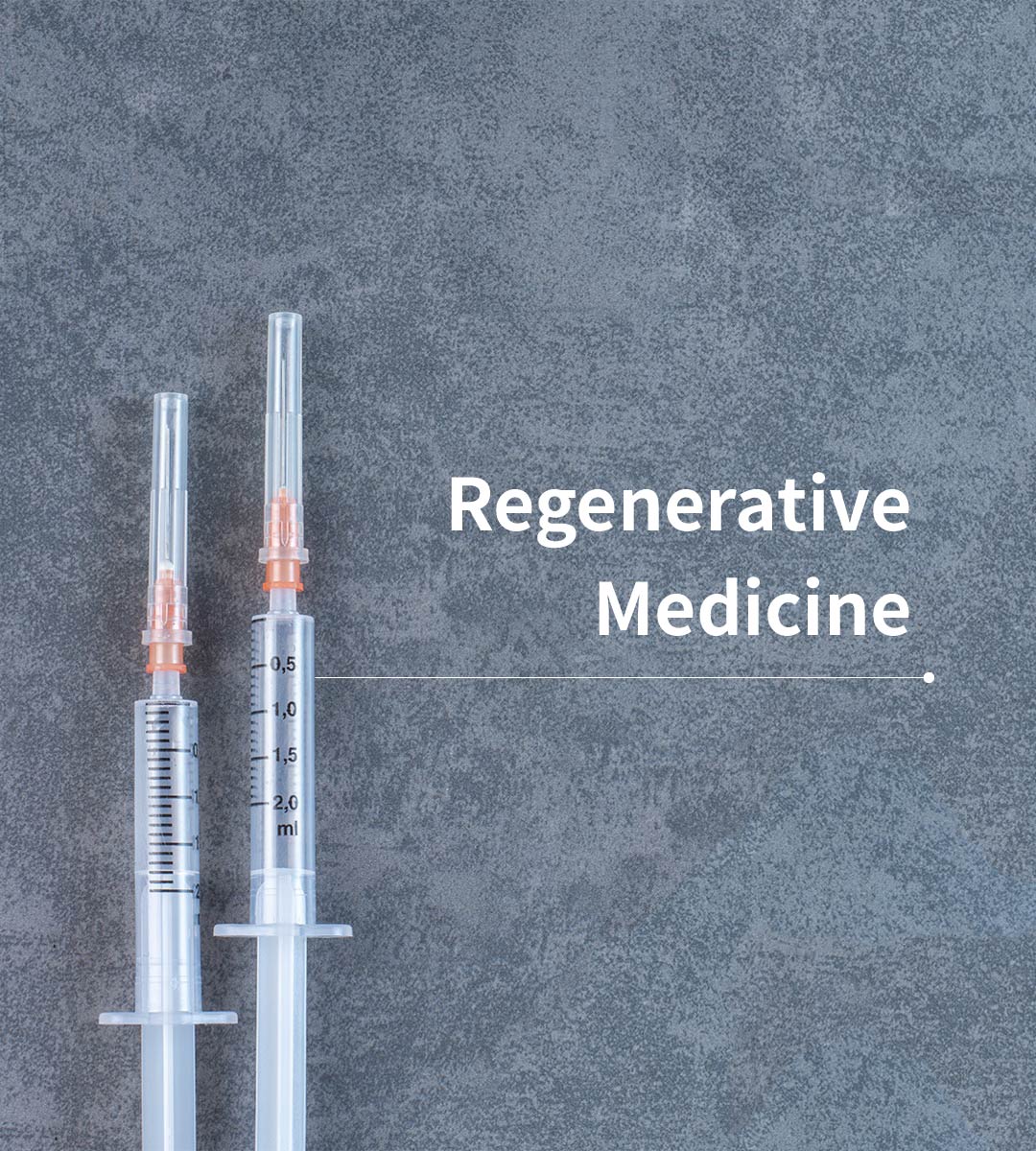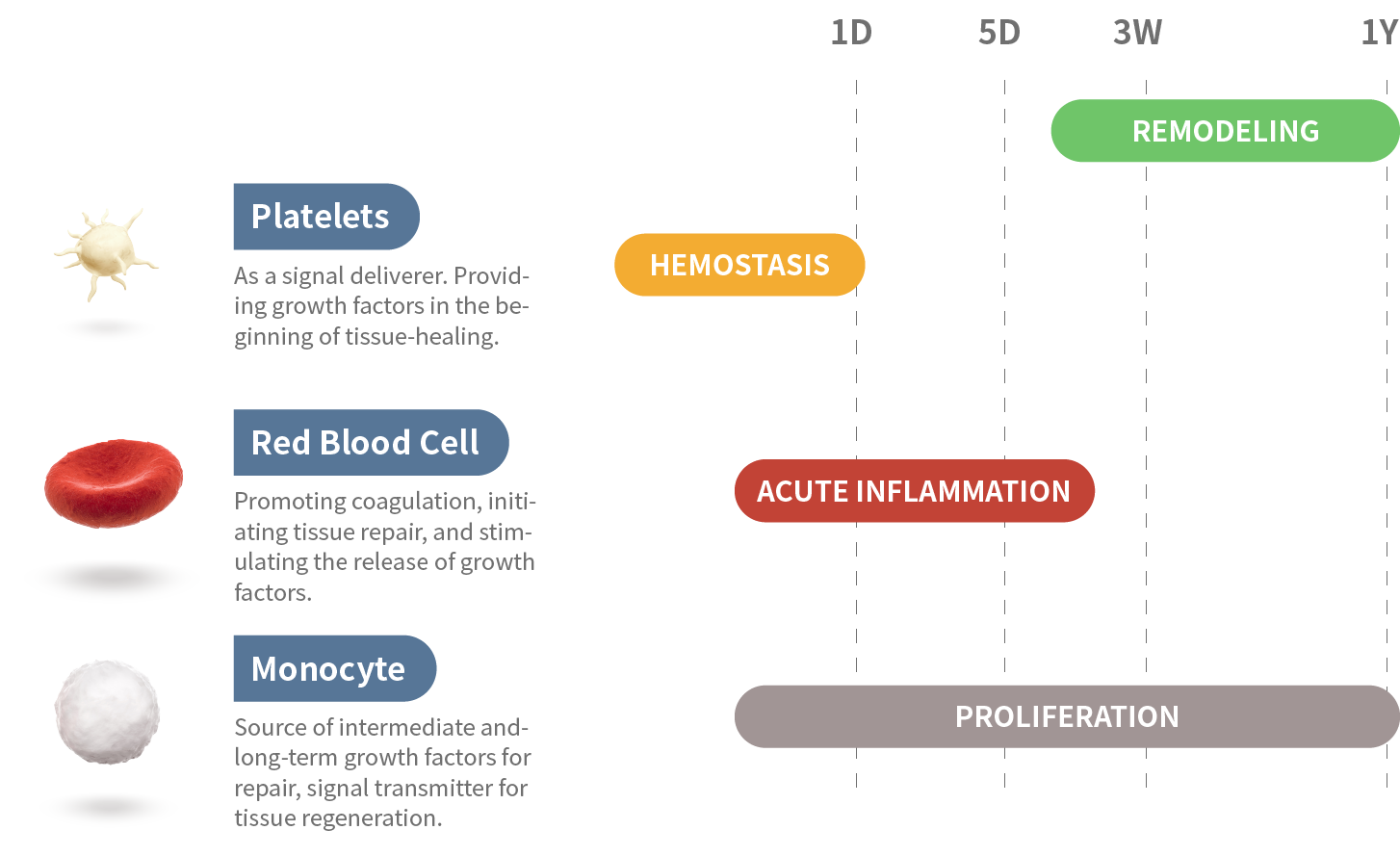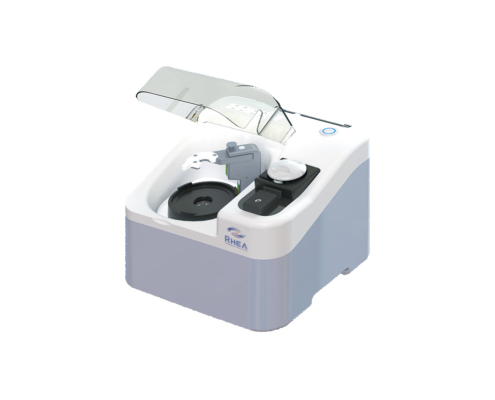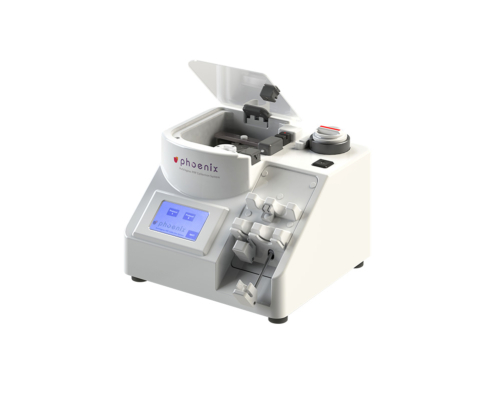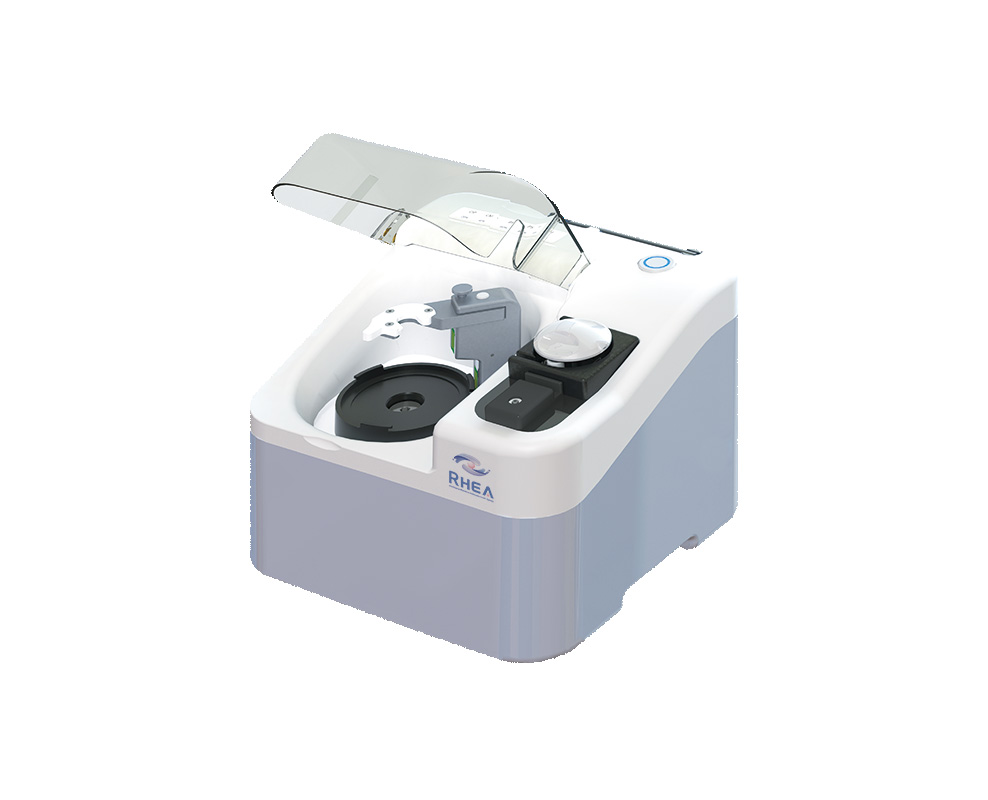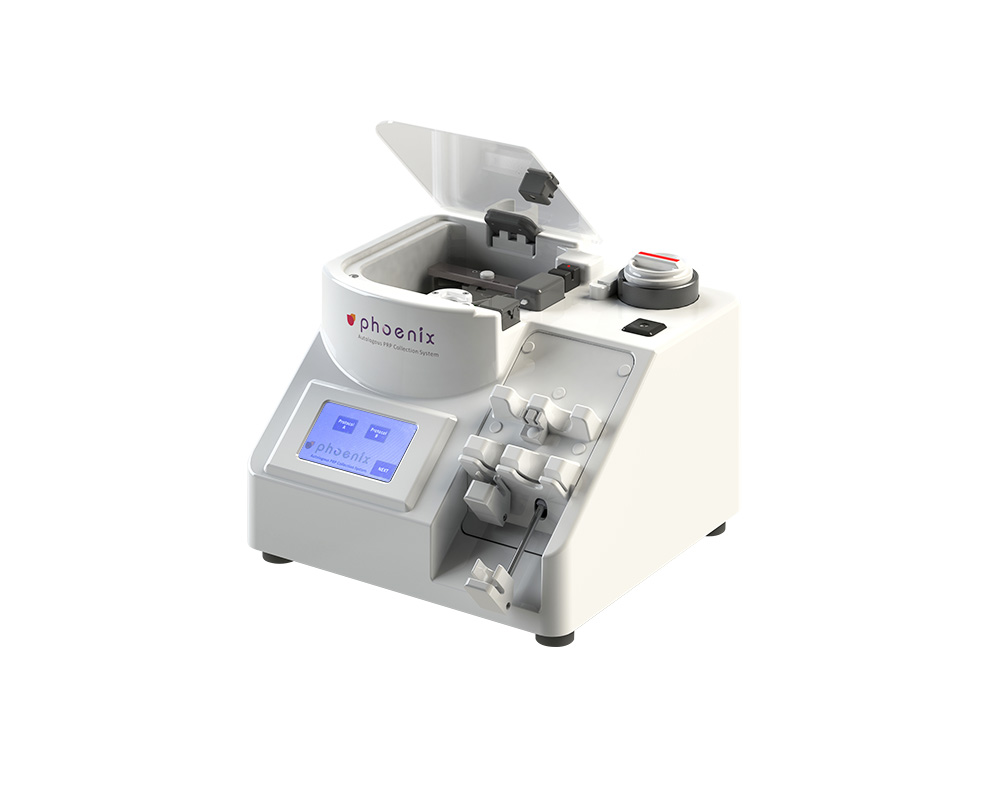Application of BαM
Bio-Active Molecules(BαM) Therapy is a holistic therapy based on super-physiological concentration of growth factors, to regulate host cell migration, proliferation, and differentiation, thus reaching the results of tissue repairment.
The application of PRP (the predecessor of BaM) was early showed up in “A new technique for hemodilution, preparation of autologous platelet-rich plasma and intraoperative blood salvage in cardiac surgery.” which published by M. Ferrari in 1987. Afterward the Clinical application of PRP start to flourish.
